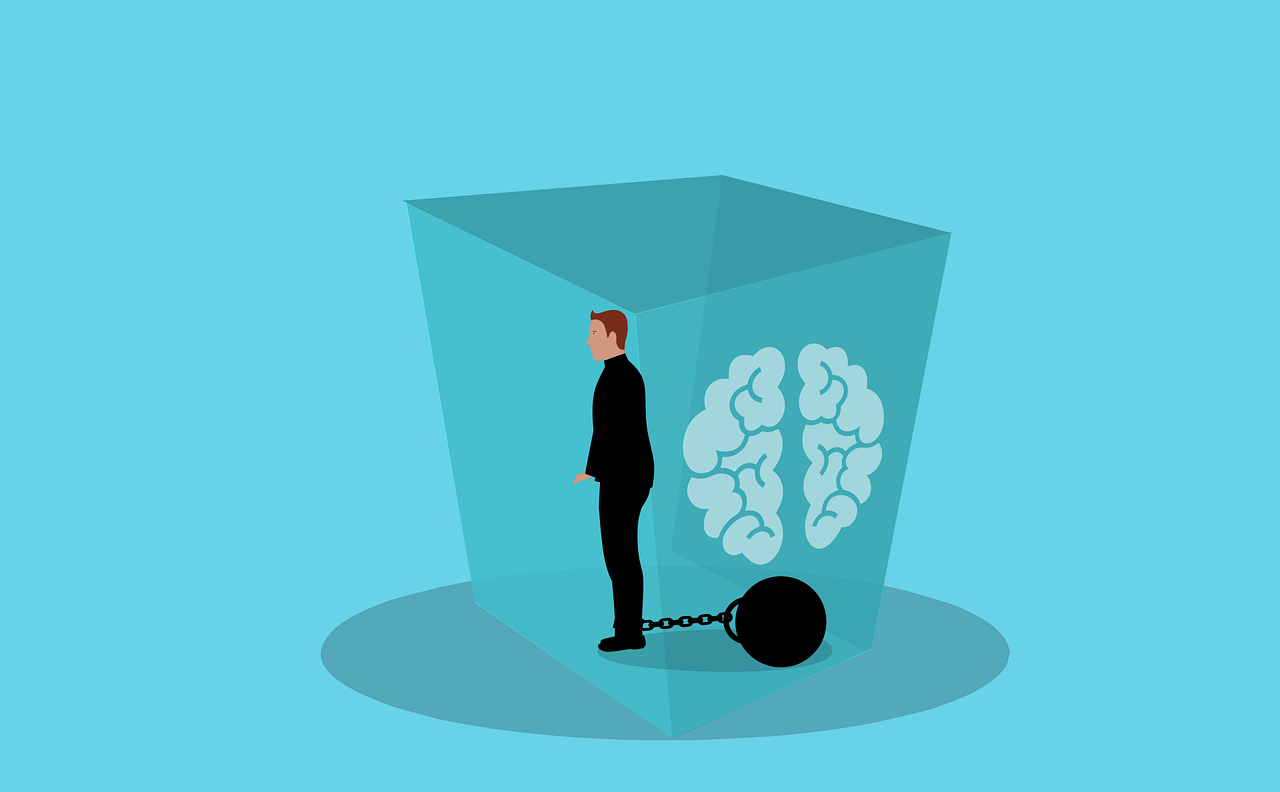The Anxiety of Joy: When Feeling Good Feels Unsafe
Understanding the Paradox of Joy-Induced Anxiety
It might seem counterintuitive to feel anxious when experiencing joy. After all, happiness is often seen as the ultimate emotional goal. However, for some individuals, joy can be accompanied by an unsettling sense of anxiety. This paradox can leave people feeling confused and isolated, unsure of why they can't simply enjoy the positive moments in life.
This phenomenon is more common than one might think. Joy-induced anxiety can arise when the mind and body are not accustomed to prolonged periods of happiness. It's as if the brain sounds an internal alarm, questioning the safety and permanence of these positive emotions. This can result in a conflicting emotional experience where joy is mingled with fear and unease.
Common Triggers: When Happiness Feels Threatening
Several triggers can cause anxiety during moments of happiness. One common trigger is the fear of losing the joy one is currently experiencing. This fear can be so overwhelming that it overshadows the happiness itself. Individuals might worry that their joy is temporary or that something bad will happen to take it away.
Another trigger can be rooted in past experiences. If someone has experienced trauma or significant loss, the brain might associate joy with impending doom. This learned response can create a cycle where positive emotions are quickly followed by anxiety, as the individual braces themselves for potential negative outcomes.
The Psychological Roots: Why We Fear Feeling Good
Understanding the psychological roots of this fear can provide valuable insights. At its core, anxiety during happiness often stems from a lack of trust in positive emotions. For some, this distrust is a learned behavior, reinforced by past experiences where joy was short-lived or followed by negative events.
Cognitive Behavioral Therapy (CBT) suggests that these patterns of thought are deeply ingrained and can be difficult to change without professional help. The brain's tendency to focus on negative possibilities can be a survival mechanism, but it becomes maladaptive when it prevents individuals from enjoying positive experiences.
Recognizing the Signs of Anxiety During Joyful Moments
Recognizing the signs of anxiety during joyful moments is the first step toward managing it. Symptoms can vary but often include a sense of impending danger, restlessness, and difficulty concentrating. Individuals might also experience physical symptoms such as a rapid heartbeat, shortness of breath, or sweating.
It's important to note that these symptoms can be subtle and might not always be recognized as anxiety. Being aware of these signs can help individuals understand their emotional responses better and seek appropriate help.
Therapeutic Techniques to Manage Joy-Induced Anxiety
Fortunately, there are therapeutic techniques that can help manage joy-induced anxiety. Cognitive Behavioral Therapy (CBT) is highly effective in identifying and altering the negative thought patterns that contribute to this form of anxiety. CBT helps individuals challenge their fears and develop healthier ways of thinking.
Another effective method is Eye Movement Desensitization and Reprocessing (EMDR) therapy. EMDR can help reprocess traumatic memories and reduce the emotional distress associated with them. This can be particularly beneficial for those whose anxiety during happiness is linked to past traumatic experiences.
Building a Balanced Emotional Landscape
Building a balanced emotional landscape involves more than just addressing anxiety. It requires a holistic approach to mental health that includes self-awareness, emotional regulation, and resilience-building. Mindfulness practices, such as meditation and deep-breathing exercises, can help individuals stay present and grounded during moments of joy.
It's also crucial to establish a support system. Talking to a therapist or joining a support group can provide a safe space to explore these feelings and develop coping strategies. Remember, reaching out for help is a sign of strength and a crucial step toward healing.
In conclusion, feeling anxious during joyful moments is a complex but manageable experience. By understanding the underlying causes and employing therapeutic techniques, individuals can learn to embrace happiness without fear. Building a balanced emotional landscape takes time and effort, but it is a journey worth undertaking for a more fulfilling and joyful life.
%20(1).png?width=200&height=80&name=Trillium%20Counselling%20Logo%20(999%20x%20398%20px)%20(1).png)

.png)
